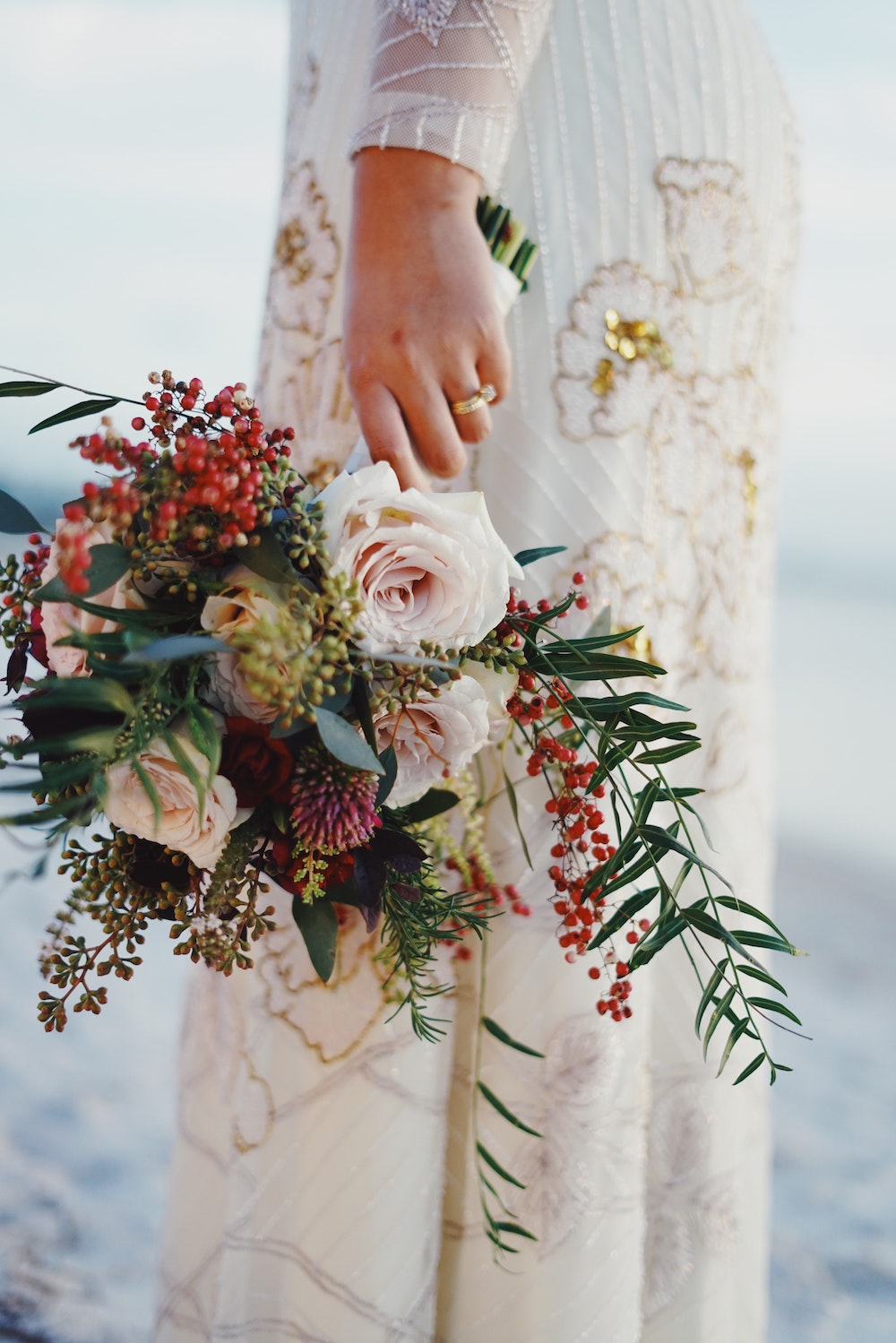Last Updated on April 8, 2024 by Joy Editors
You’re dreaming of a magical wedding that emanates the cheer and tradition of winter with bouquets, boutonnières, and centerpieces that utilize the best of in-season flowers. But which flowers are available in winter, and what types of arrangements emulate all that you love about this frosty season? To help you ensure your big day is filled with florals that match your style, while also staying aligned with the classic aesthetic of a winter wedding, we’ve crafted a guide that will simplify this process as you plan the details for one of the most important days of your life.
Winter Wedding Flower Tips
Developing a vision of the flowers that will bring your dream winter wedding to fruition can be both exciting and daunting. These six tips will help you craft a plan of attack so you’re well on your way to bringing your vision to life, sans stress.
1. Select a Winter-Inspired Color Scheme
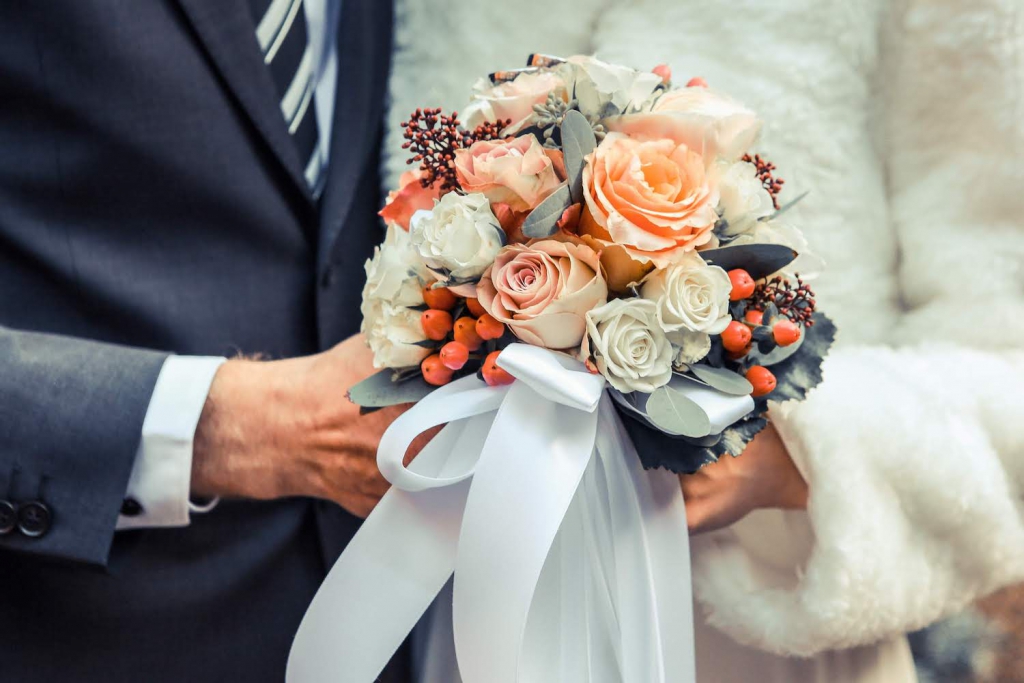
While there is certainly room to infuse your floral arrangements with your personal taste, winter weddings usually utilize a base of white, cream, or ivory flowers. To sprinkle in some color, blue, pale blush, burgundy, or red flowers are frequently used in addition to varieties of greenery such as sprigs and olive branches.
2. Work With In-Season Flowers
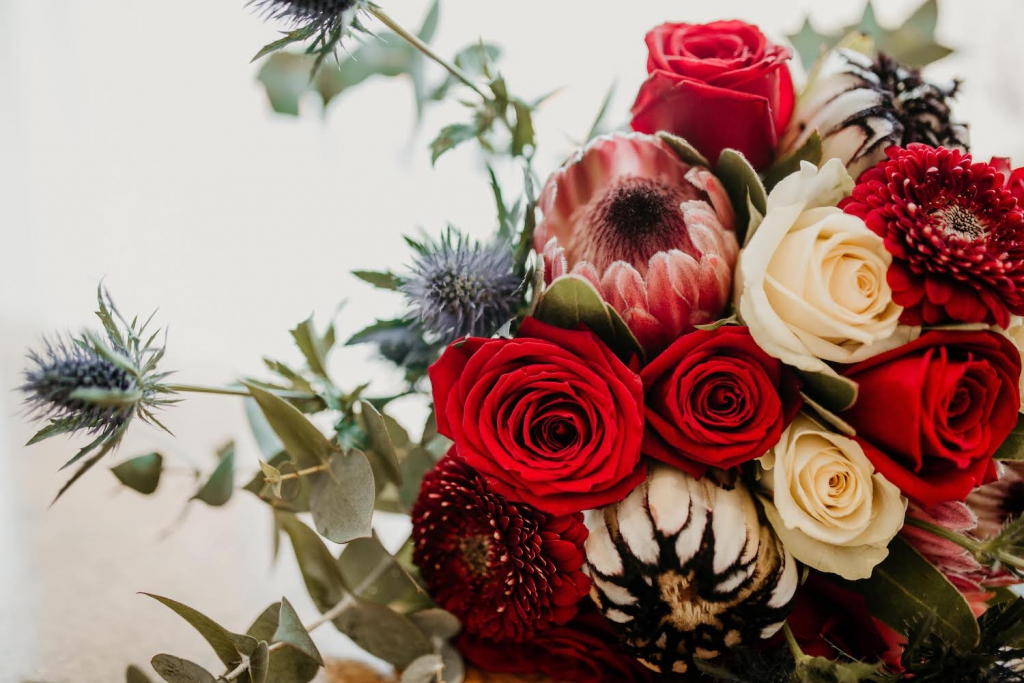
Using flowers that are in-season not only helps you score a more affordable rate but also ensures your wedding will be filled with fresh flowers that didn’t have to be shipped from the other side of the world. And while some might assume that winter equals a lack of flowers, there’s actually a stunning array of blooms opening during this season.
3. Decide If You’ll Hire a Florist or Go the DIY Route
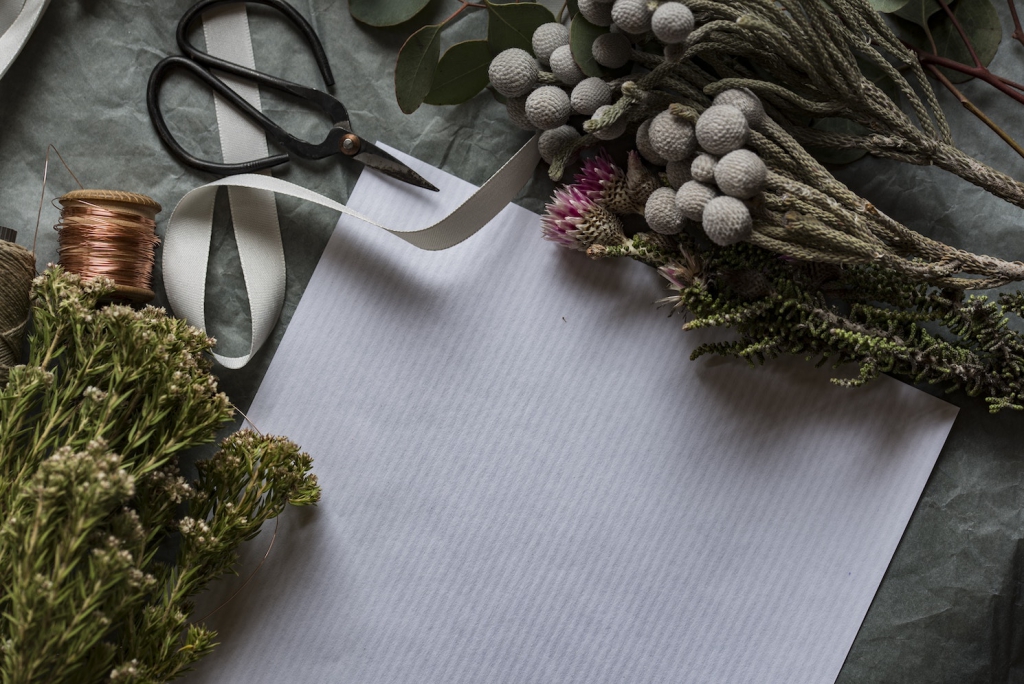
Before you get too deep into selecting your winter wedding flowers, decide if you’ll hire a florist or meet your floral needs on your own. While more expensive, hiring a florist is the way to go if you’re short on time and feel overwhelmed by the task of selecting flowers or greenery and crafting arrangements on your own. But if you have an eye for flowers, and enjoy the process of playing around with arrangements, doing it yourself can be a great way to save money. If you go the DIY route, consider calling in your bridesmaids to help with this ambitious task.
4. Make a Clear Plan

Whether you’re hiring a florist or putting together your winter wedding flowers on your own, it’s wise to make a digital or physical inspiration board that captures the floral vibe you’re going for. This board will provide a clear direction when shopping and crafting your own arrangements or conveying your desires to a florist.
5. Consider Your Dress Color
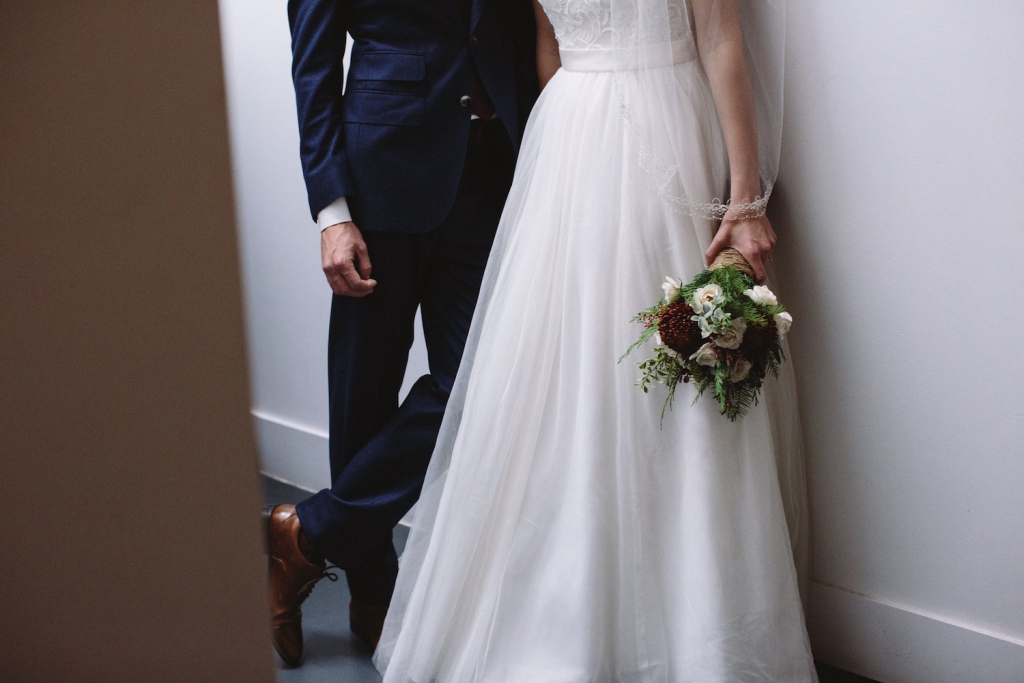
When selecting the shade (or shades) of white and pops of colors you’ll use for the bouquets, think of how they’ll look against your dress. You can even take a swatch of the fabric used for your dress to a flower shop, so you can see how the shades clash or complement one another.
6. Purchase Your Flowers Wholesale
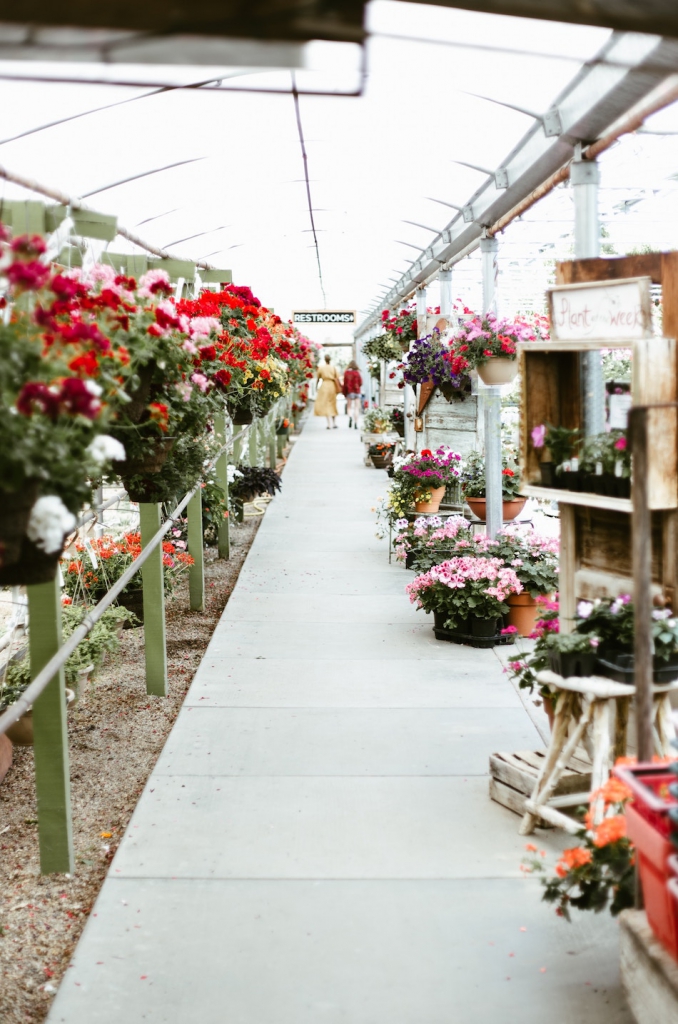
If you’ve decided to be the DIY flower bride, you can save big by procuring your flora needs at a wholesale market. Do some research on wholesale flower markets near you, and make a day of gathering all your goods in one fell swoop. There are also great wholesale flower shops online.
Floral Arrangements for a Winter Wedding
The various collections of flowers used for weddings can seem pretty straightforward, but when we don’t consider them as a whole, things can clash and become chaotic. To make sure the flowers in their various wedding iterations have a seamless aesthetic, consider the following arrangements when making your winter wedding flower decisions.
Winter Wedding Bridal Bouquet
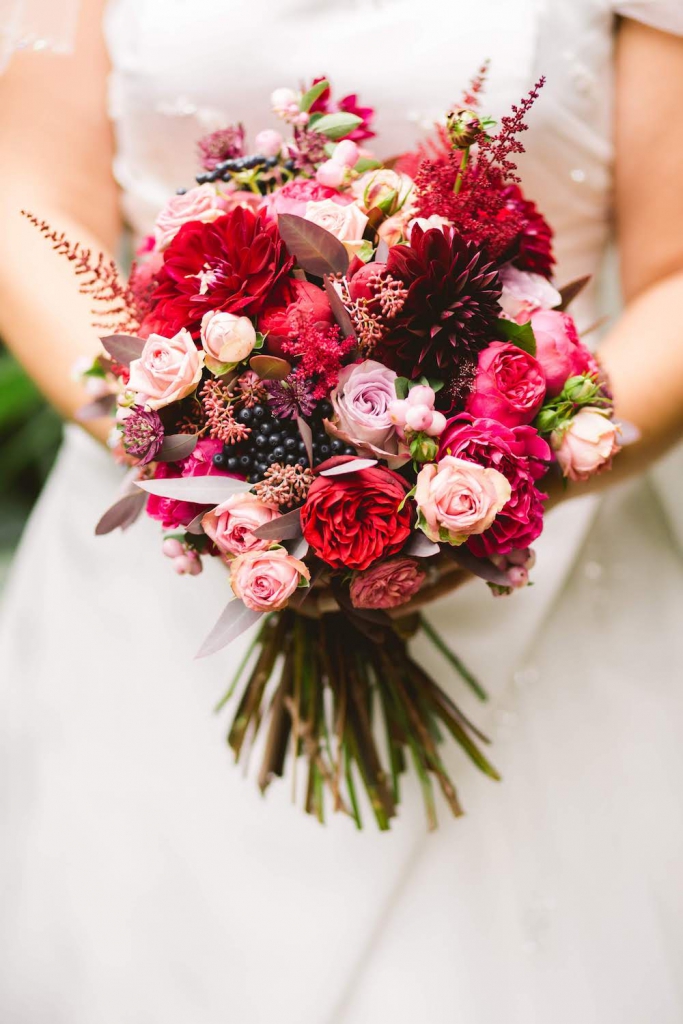
While a white bouquet is the most classic choice for a winter wedding, it’s nice to add a twist to the bouquet by selecting a signature color in-line with winter vibes. Popular choices include pretty much any shade in red or pink, specifically pale blush, burgundy, and bright red. This color choice can also inspire the color palette for your other decorations. If you want a more rustic or bohemian ambiance, you can mix greenery in with the flowers.
Winter Wedding Bridesmaid Bouquets
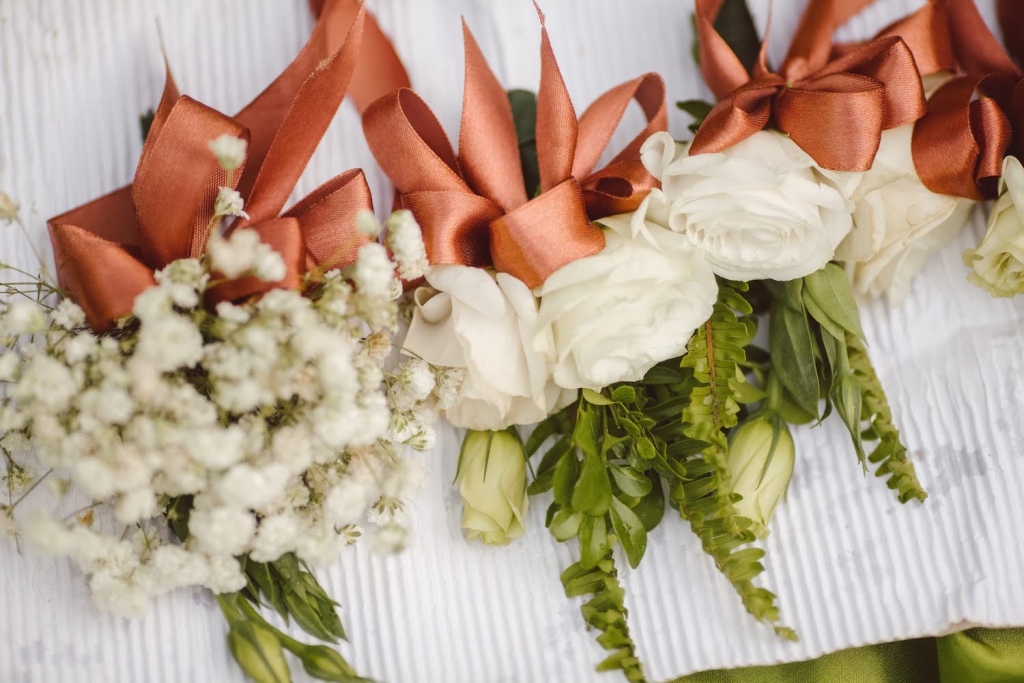
Winter bouquets for bridesmaids will typically be a spinoff of the bridal bouquet, but just smaller. If you really want your bridal bouquet to stand out, you can have your signature color flowers in only your bouquet, and just have white (or a shade of white) flowers and greenery in the bridesmaid bouquets.
Winter Wedding Boutonnières
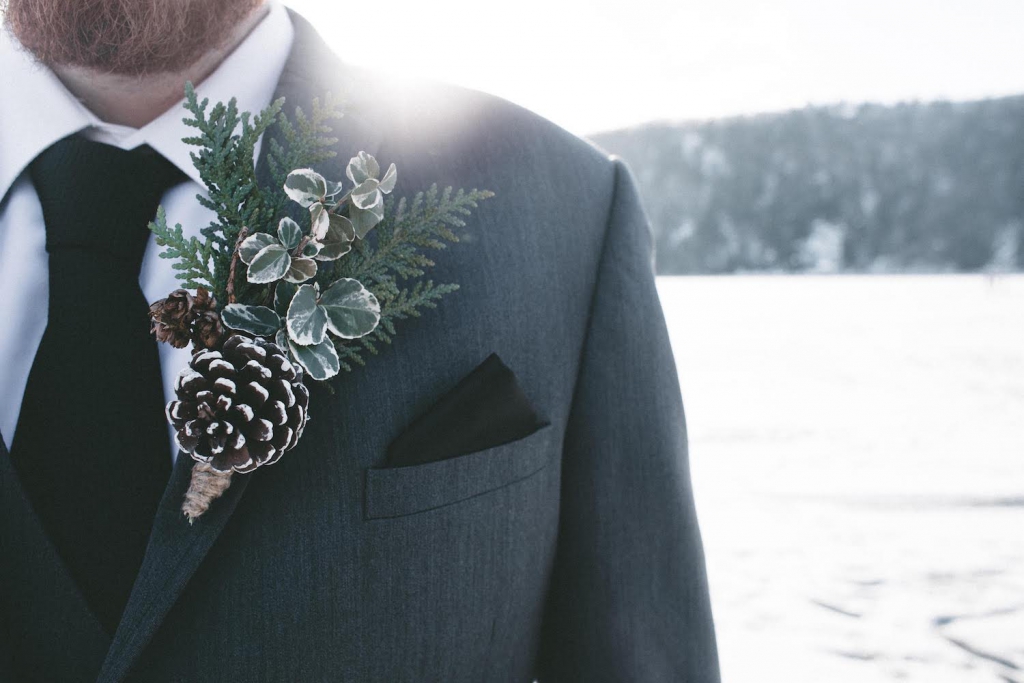
You probably want the boutonnières to complement the bridal and bridesmaid bouquets, so use the same flowers. If you decide to only have a splash of color in your bridal bouquet, you can consider doing the same with your groom’s boutonnière.
Winter Wedding Centerpieces
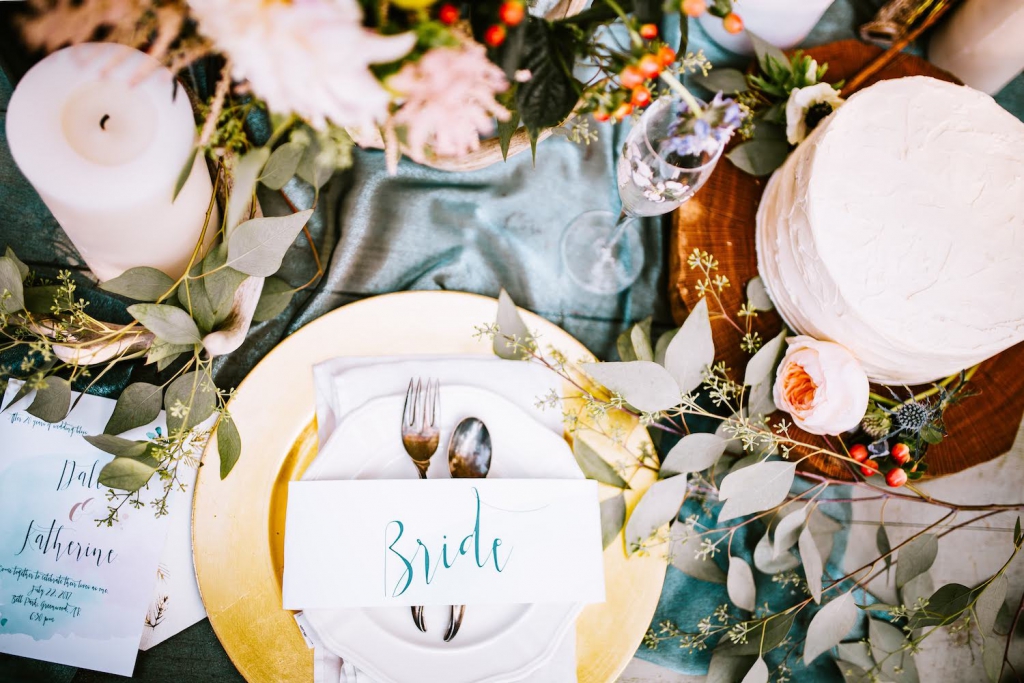
If you want to keep things simple, you can use the same types and colors of flowers and greenery you selected for the bouquets in the centerpieces. But if you want the centerpieces to stand out, silver sprigs and flowers are a fun choice for a winter wedding. To go all out with the winter theme, you can weave battery-powered, white twinkle lights into the arrangements.
In-Season Winter Wedding Flowers
If you thought your choices would primarily be limited to garden roses and thistle, think again. Winter is actually a season ripe with a gorgeous array of flora options. Here’s the lowdown on 17 flowers that are often front and center at winter weddings.
1. White Anemones
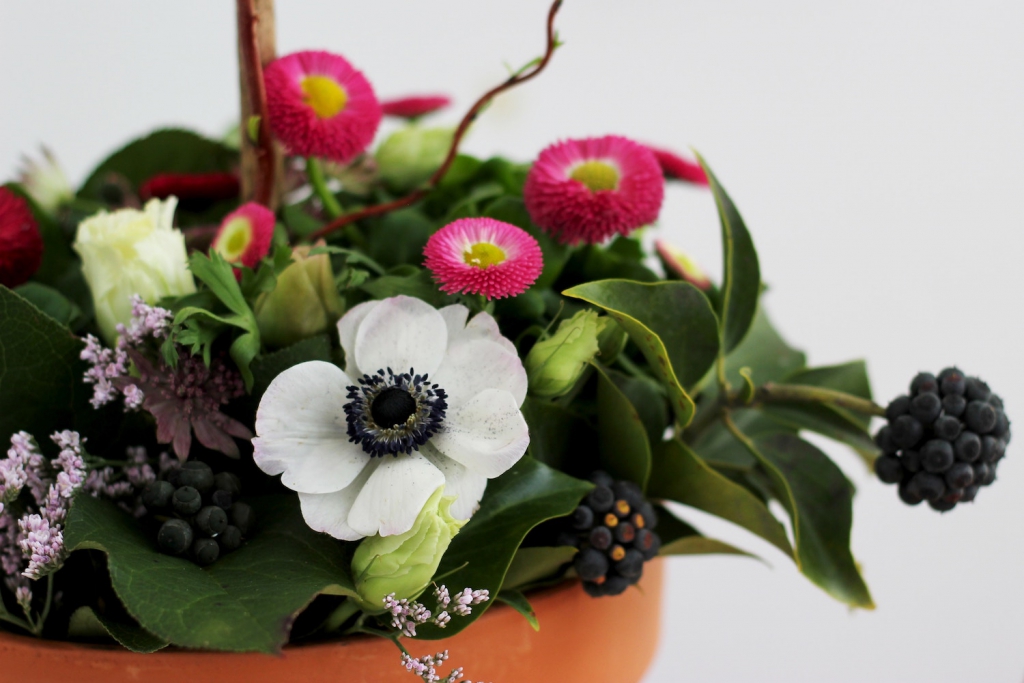
Similar to a poppy, white anemones have delicate bright white petals with a velvety blue center. Often mixed with white roses and greenery, these are a great choice if you want a more dramatic splash of color.
2. Ranunculus
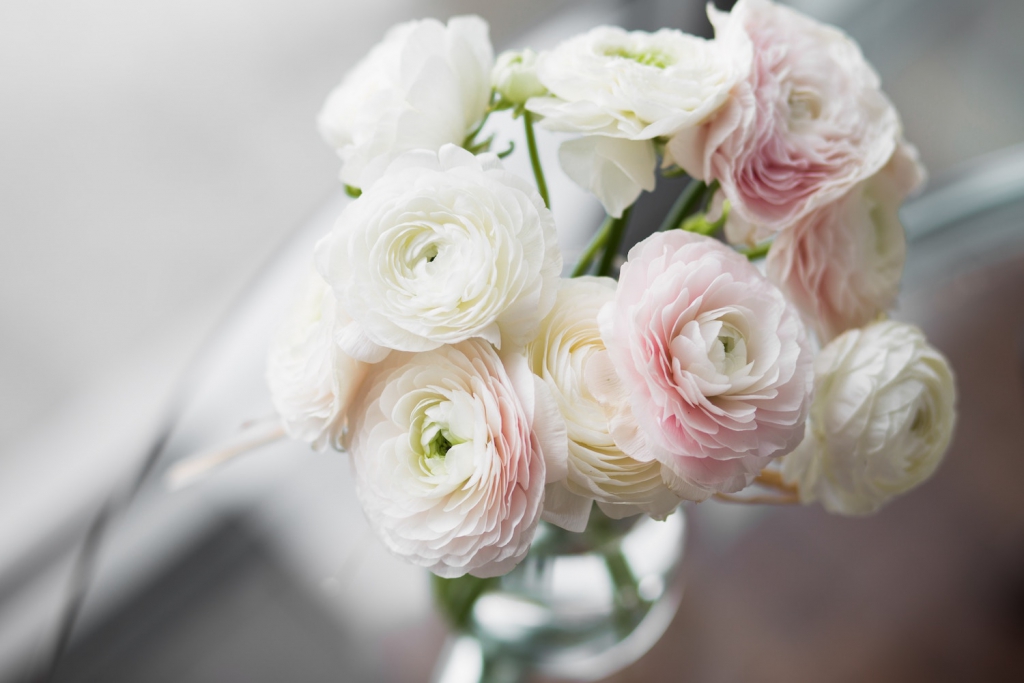
These rose-like blossoms feature seemingly endless layers of tissue-thin petals and grow in a variety of colors. But the cream, red, and burgundy ranunculus are the most-favored for winter weddings. The delicate appearance of this bloom makes it an ideal choice for traditional- or romantic-themed weddings.
3. Amaryllis
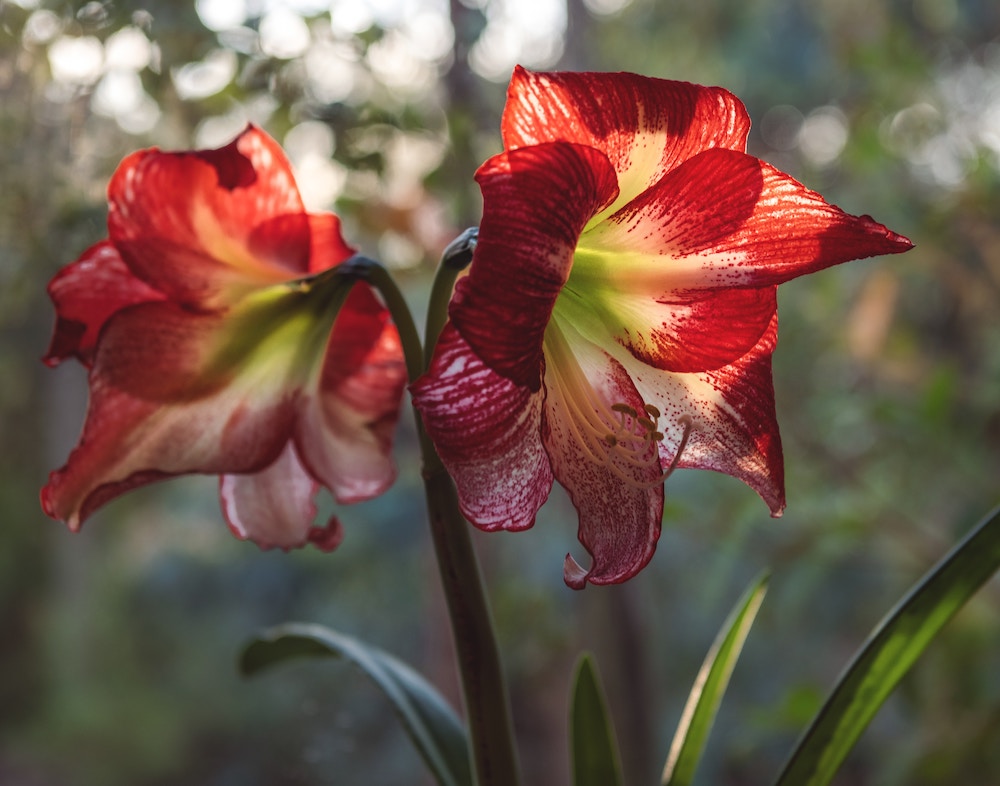
The go-to flower for brides that want the color red woven into their floral displays, amaryllis’ have large, bright red petals that create a bell shape. Often mixed with orchids, berries, and cedar greenery, this is what you use if you want to make a statement.
4. Silver Brunia
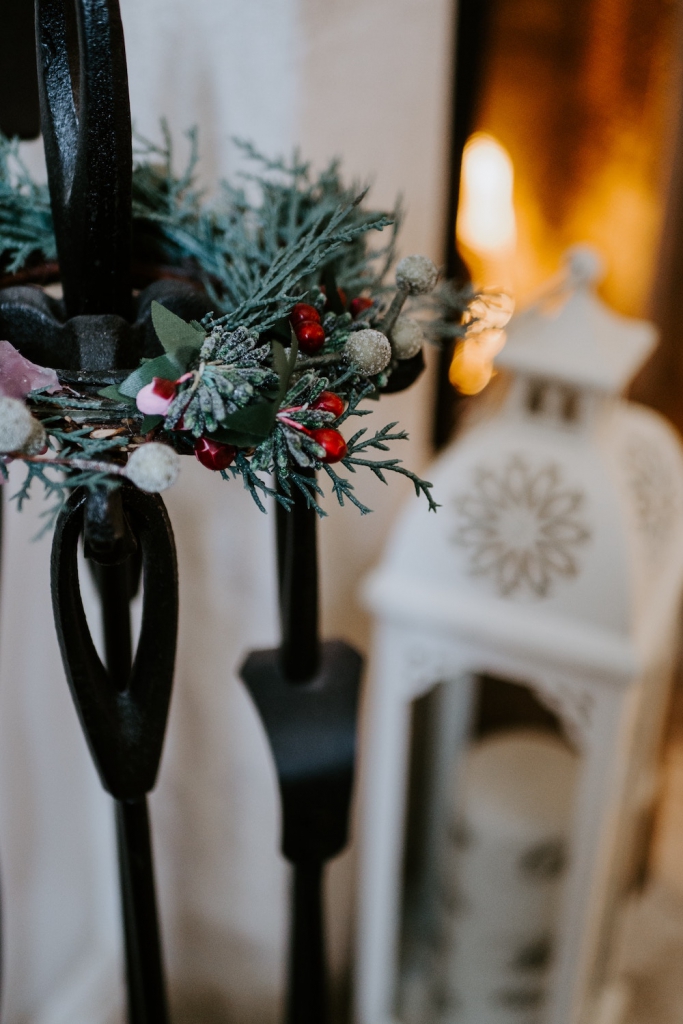
One of the hottest trends on the winter wedding flower scene, silver brunias are composed of fluffy, silver-grey balls at the end of sage-green stems. If you want your bouquet to look like it was hit with a bunch of small, chic snowballs, this is the flower for you. It’s frequently used to complement bouquets with icy-blue or burgundy tones.
5. Peony
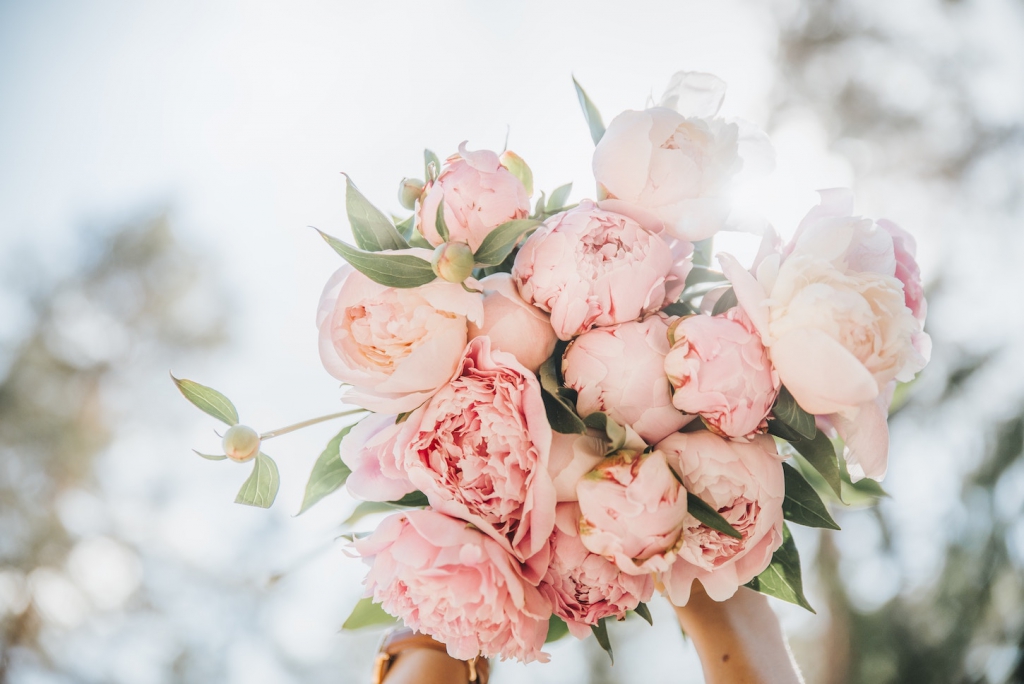
The lush form and delicate petals of peonies make them a timeless choice for both summer and winter weddings. Red peonies add a rich hue to red and green bouquets used for a Christmas wedding.
6. Tulip
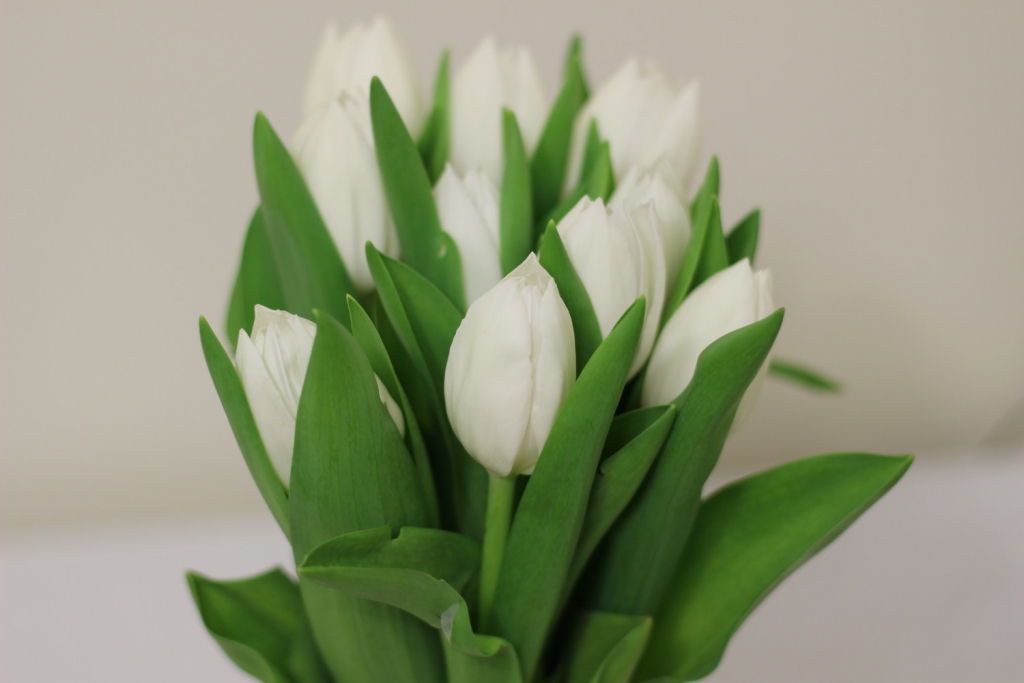
While most associate tulips with spring, they’re actually in-season during winter, as well. Providing a dainty floral choice for brides wanting a more whimsical bouquet, they have long stems so they’re also an ideal choice for tall centerpieces. Regarding colors, ivory or pink is the way to go.
7. Thistle
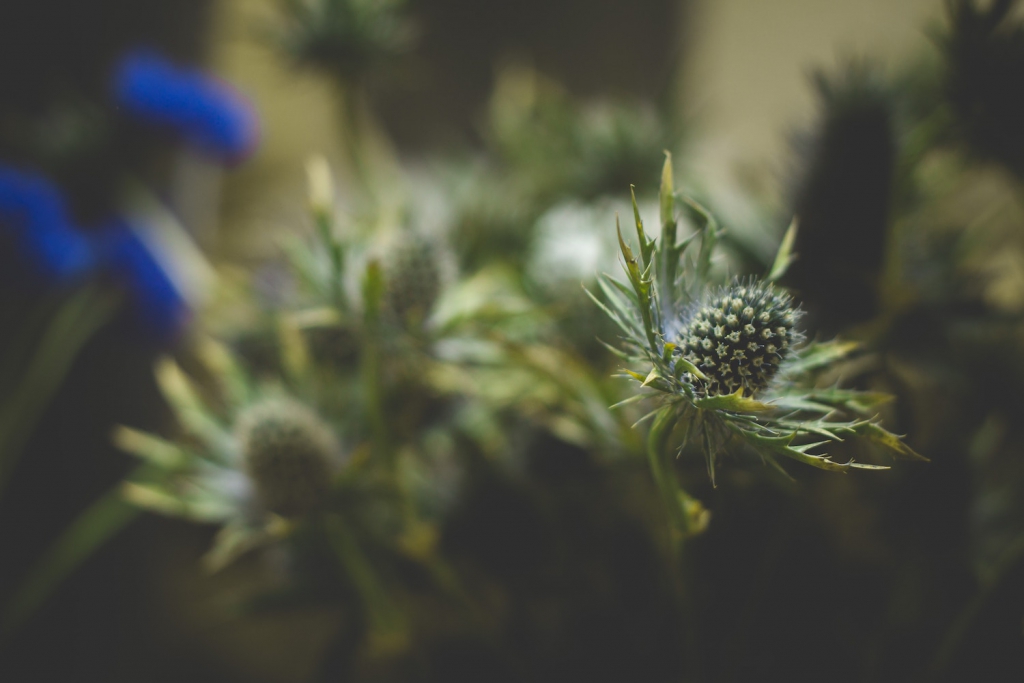
An extremely hardy flowering plant, the sharp prickles and striking lines complement any form of a winter wedding flower display. As the blue thistle seems to have an icy tint, it’s perfect for a winter wonderland wedding that features silvers and blues.
8. Hydrangea
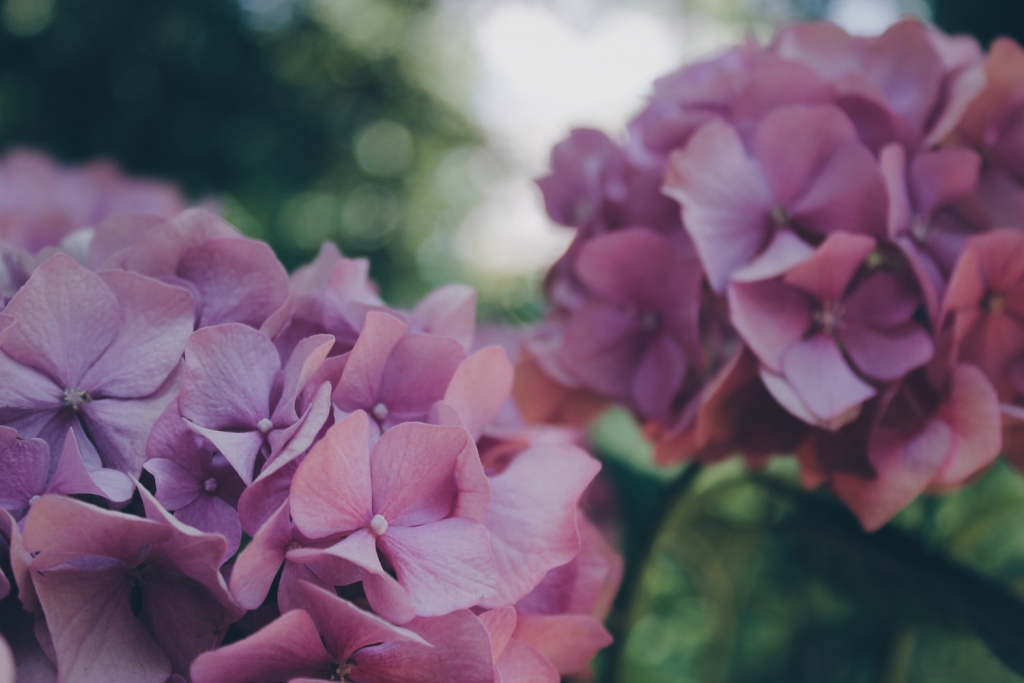
Brides that want simple bouquets sometimes select three or four hydrangeas and call it a day. This is possible because one hydrangea is a large bunch of small flowers and makes a striking impact. To create a classic winter wedding bouquet, combine white hydrangeas and roses with your greenery of choice.
9. White Rose
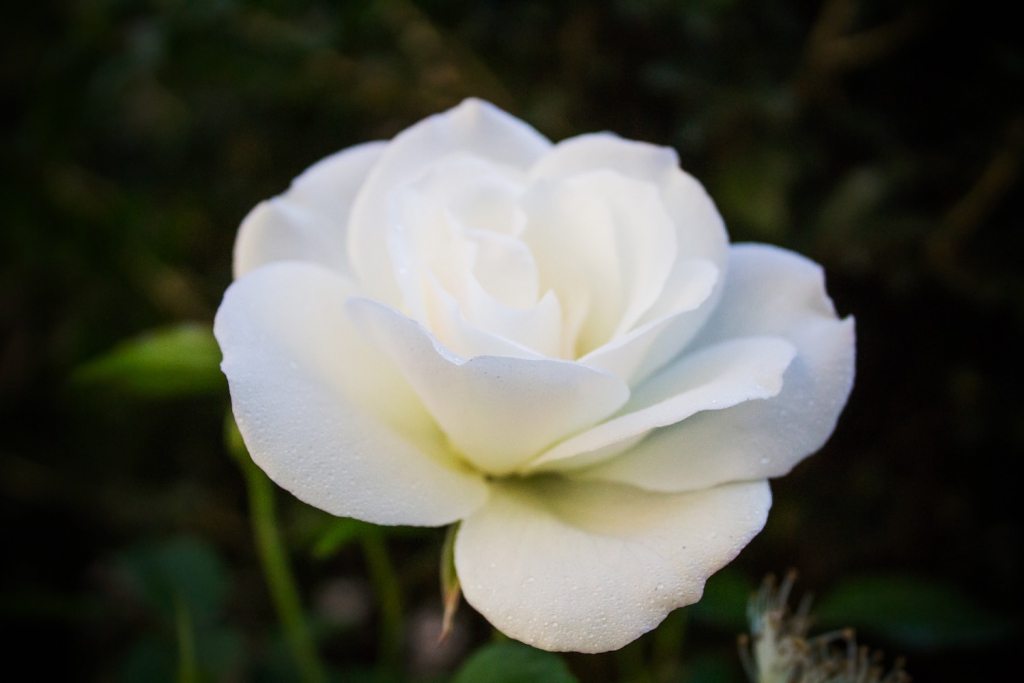
A timeless choice for winter weddings, white roses are the epitome of sophistication and tradition and can be paired with pretty much any other flower. Adding to the appeal is the ambrosial scents that waft up from them as you say your I dos.
10. Succulent
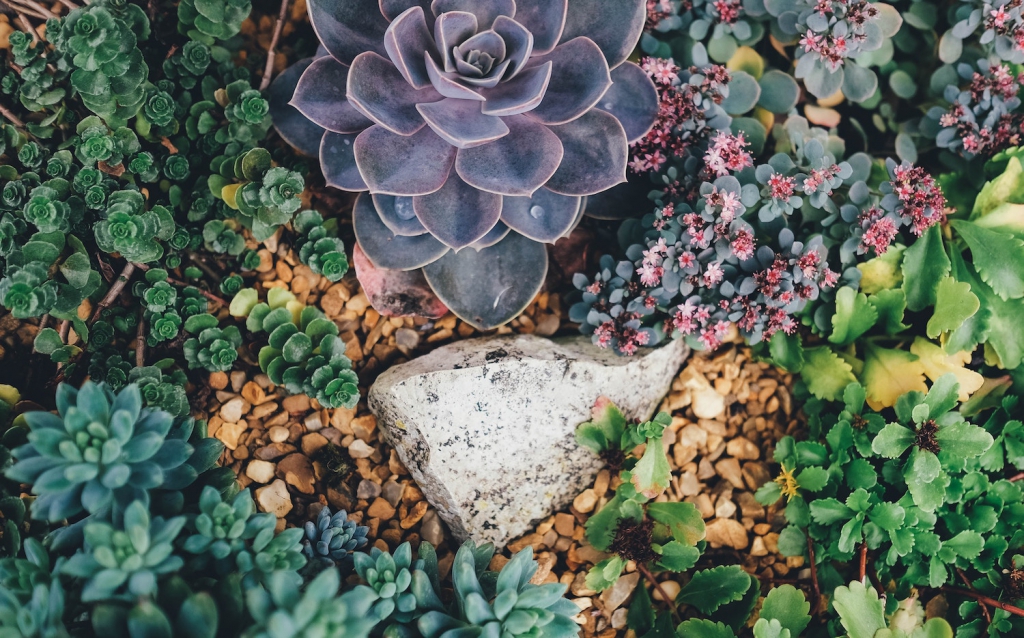
The base of most contemporary bouquets, this hardy option (which includes 60 different plant families!) can be used as a standalone in bouquets or centerpieces and can add a chic touch to bouquets with more traditional flowers such as white spray roses or pink dahlias.
11. Calla Lily
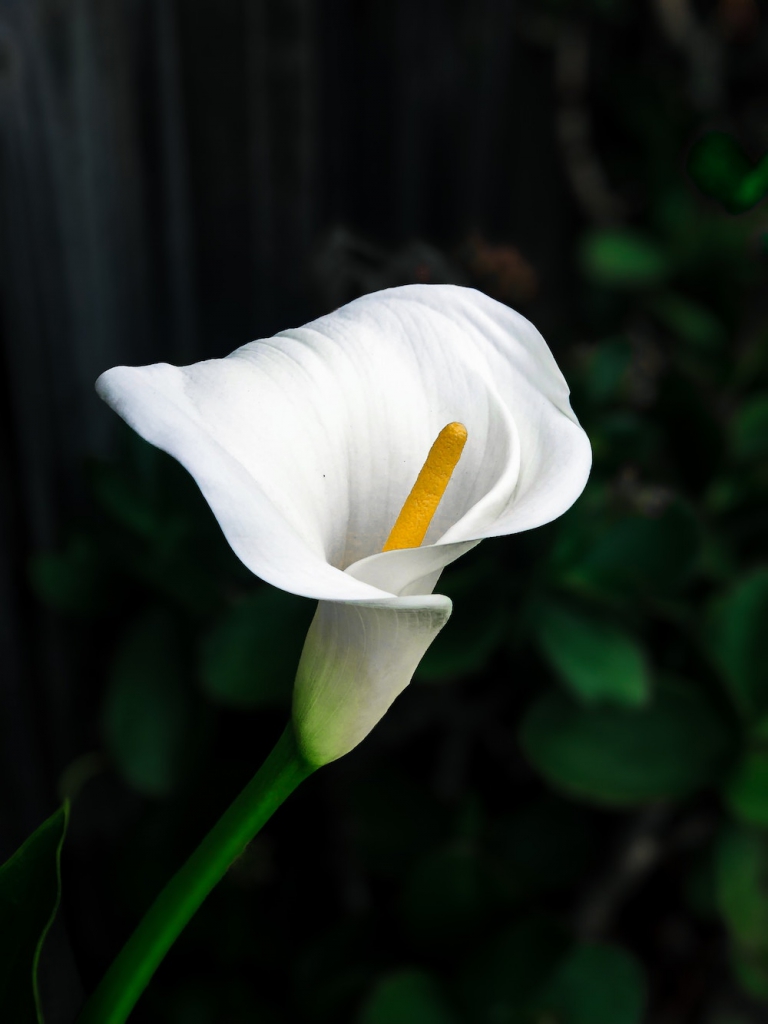
One of the most luxurious flower choices, calla lilies are trumpet-shaped with a petal that gracefully swirls around the yellow spadix. White or midnight red are the prime calla lily color choices for a winter wedding.
12. Carnation
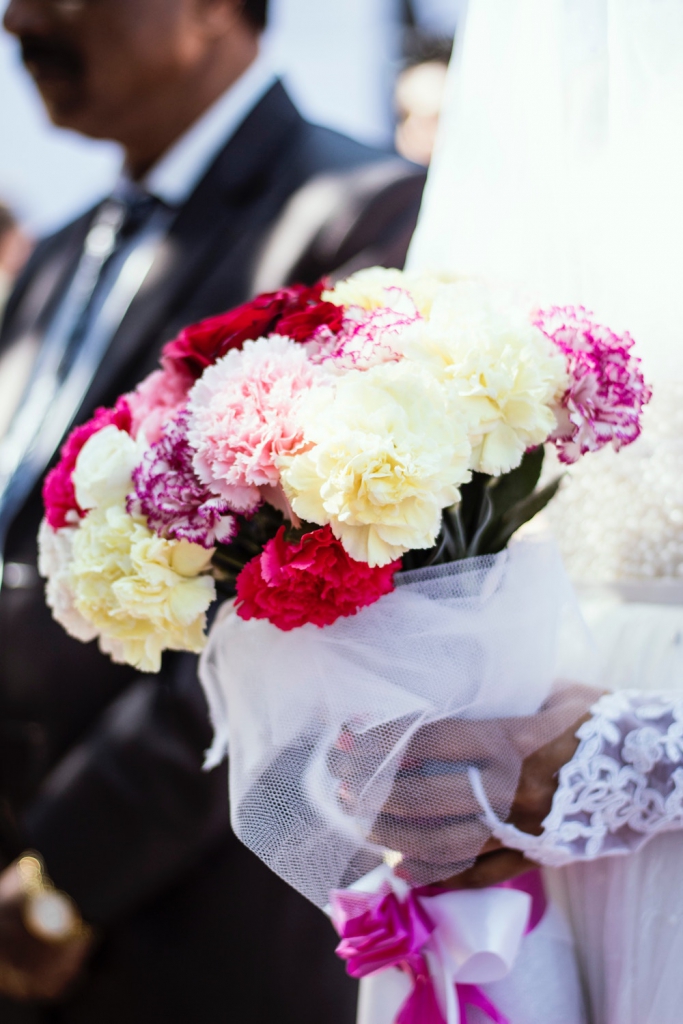
An option that’s affordable while still being tasteful, carnations have a ruffle of petals that help fill out any style of bouquet. While carnations come in a variety of colors, they’re also good for dyeing if you have a specific color preference.
13. Dahlia
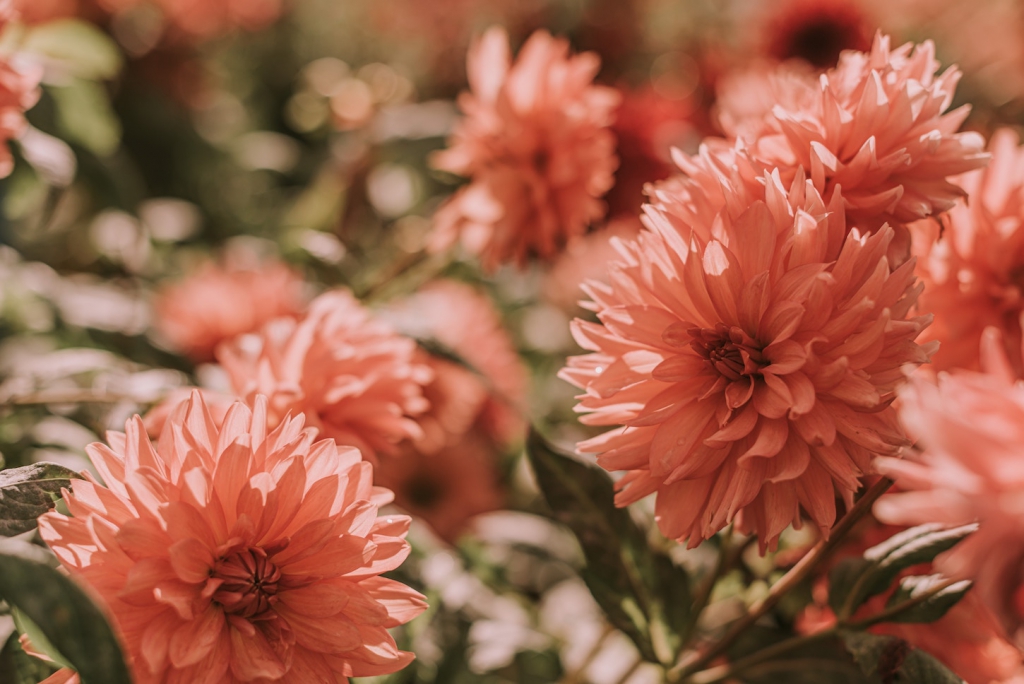
With a bold, full-bodied bloom, dahlias make a statement. While most brides use white or red dahlias, the purple hue is a dramatic choice if you’re creating a jewel-toned bouquet. Plus, they were founded by the Conquistadors in the gardens of the Aztecs and caused quite the stir when they were introduced in Europe, making them all the more intriguing.
14. Queen Anne’s Lace
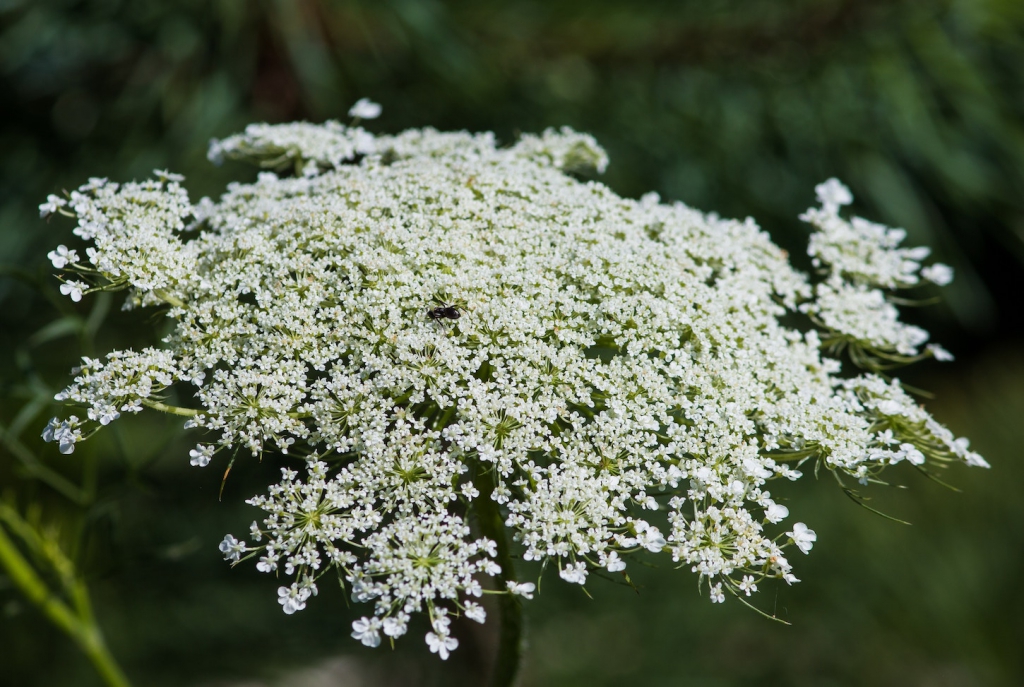
A starburst of small white blooms that give the appearance of lace, this wildflower is a wonderful filler for winter weddings that have a rustic or boho vibe.
15. Scabiosa
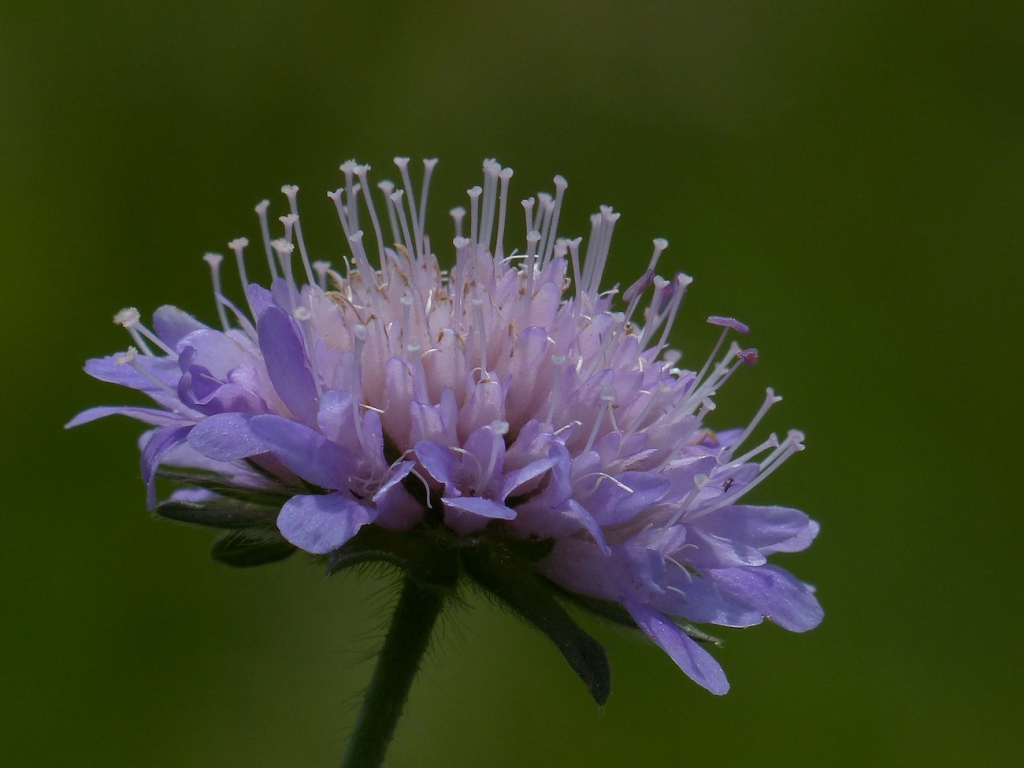
Also referred to as ‘the pincushion flower’ because, well, it kind of resembles a pincushion, the scabiosa has a tufted head of compact, round blooms with prominent stamens poking out. Because of the wild appearance of these flowers, they’re best for more avant-garde bouquets.
16. Lilac
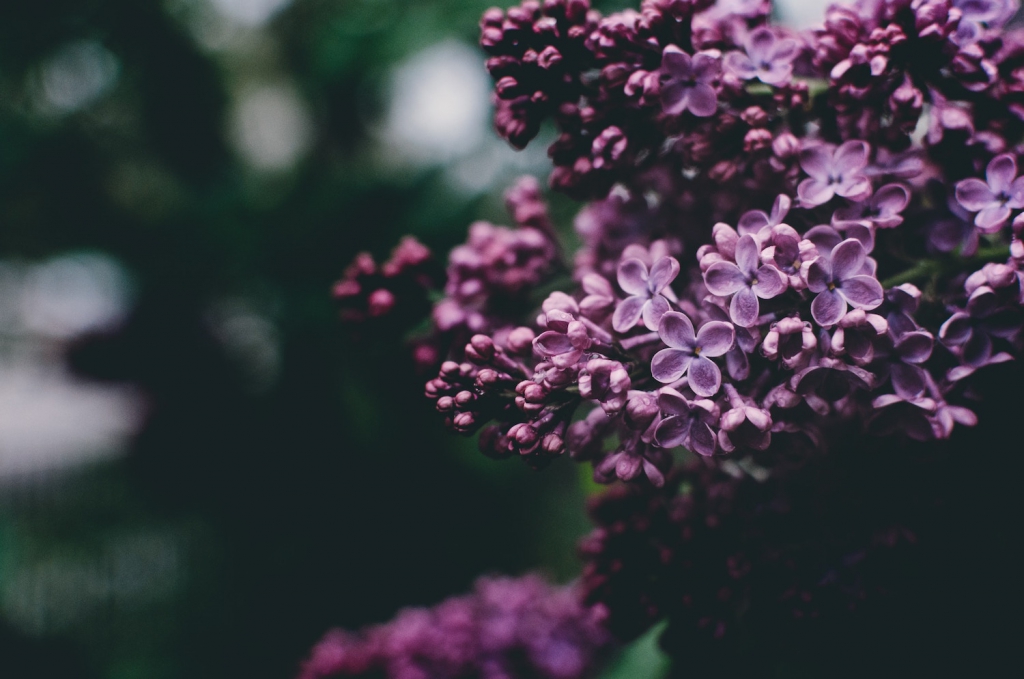
A flower that can quickly fill out a bouquet or centerpiece, lilacs contain a cluster of small blooms that resemble those found on hydrangeas. If you need a filler, use white lilacs, but if you want your bouquet or centerpieces to have blue accents, the blue lilac (that’s more of a purplish-blue) can provide an elegant option.
17. Astilbe
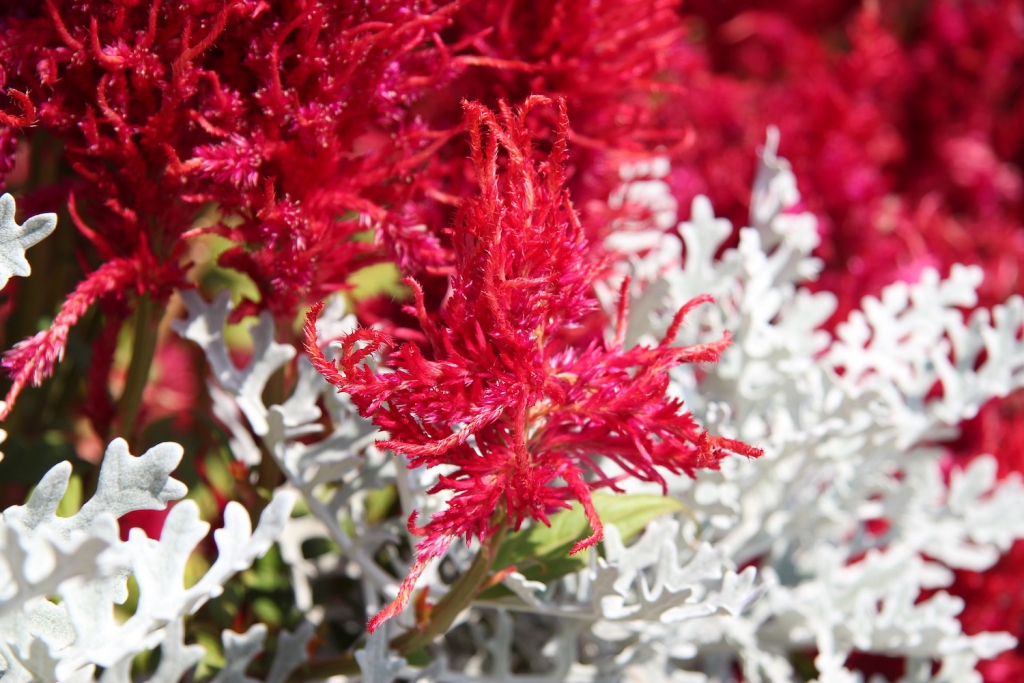
As their long stem and tiny blossoms give them an icicle vibe, white or red astilbes are an excellent choice for a winter wedding. These are usually used to make more untamed, asymmetrical bouquets and paired with roses and eucalyptus stems.
Winter Wedding Arrangement Ideas
As you’ve come to realize, there are a lot of winter flowers to choose from. To help you whittle down the options, here are some popular arrangement ideas for the most favored types of winter weddings.
Winter Wonderland
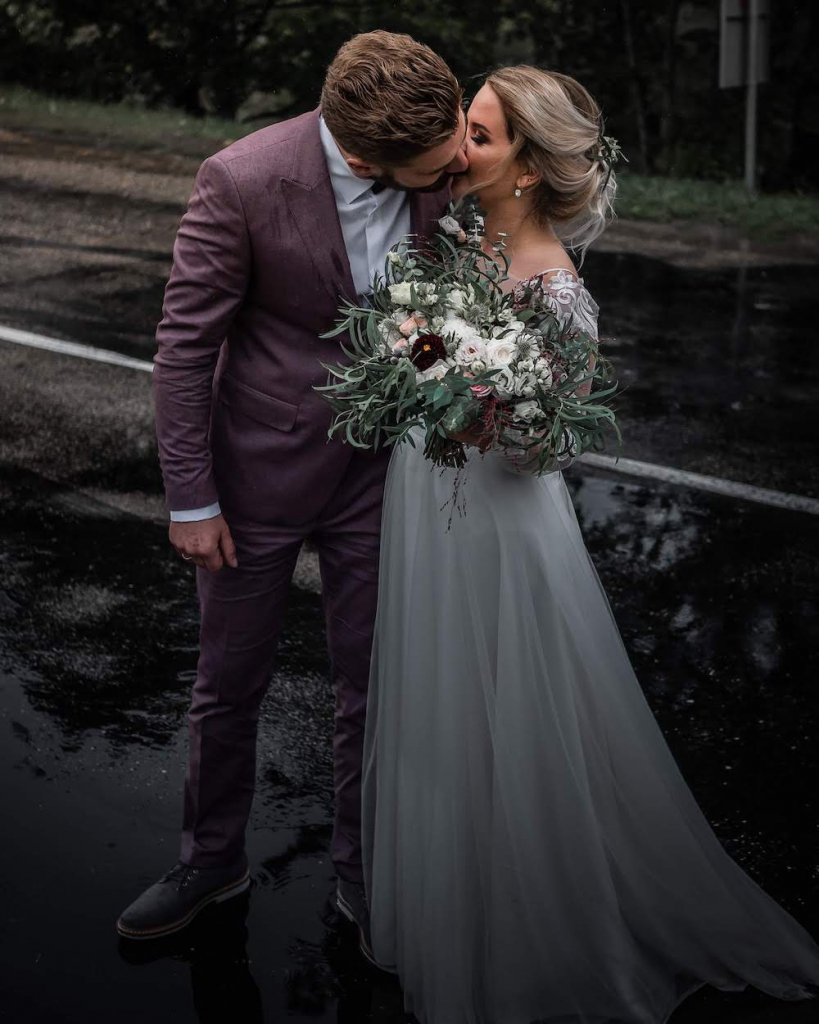
This classic wedding theme lends itself to bright whites, silver sprigs, leaf sequins, and ribbon. If you want to go for a frosty vibe, consider mixing in blue flowers with your favorite shade. A bouquet with white anemones, silver brunias, blue thistles, white roses, and cedar greenery is a popular choice for a winter wonderland wedding. But if you’re really feeling wintery, mix in a few small pinecones, too.
Christmas Wedding
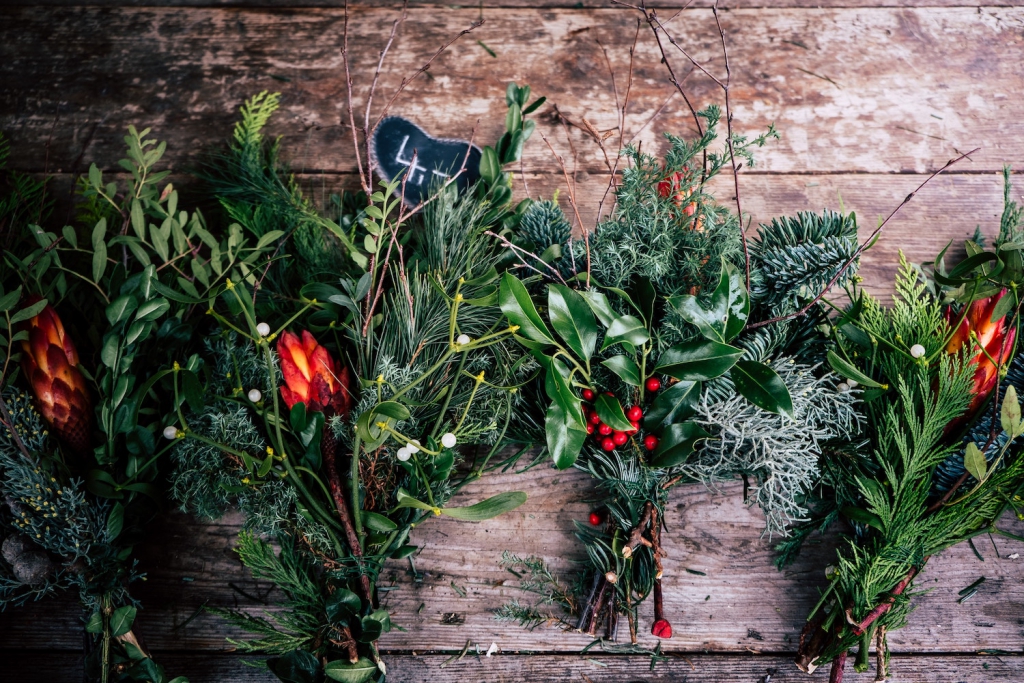
As the go-to colors of this jolly holiday are green and red, the easy choice for a Christmas wedding is white flowers accented by bright red flowers (think amaryllis’ or peonies) and vibrant greenery such as holly and mistletoe. If you don’t want to be so obvious, you can select softer shades of red and green. It can also be a nice touch to pay homage to the gift-giving tradition by tying a ribbon around each bouquet and incorporating it into the centerpieces. A combination of white roses and ranunculus, red dahlias, mistletoe, and eucalyptus provide the makings for a gorgeous Christmas wedding bouquet.

